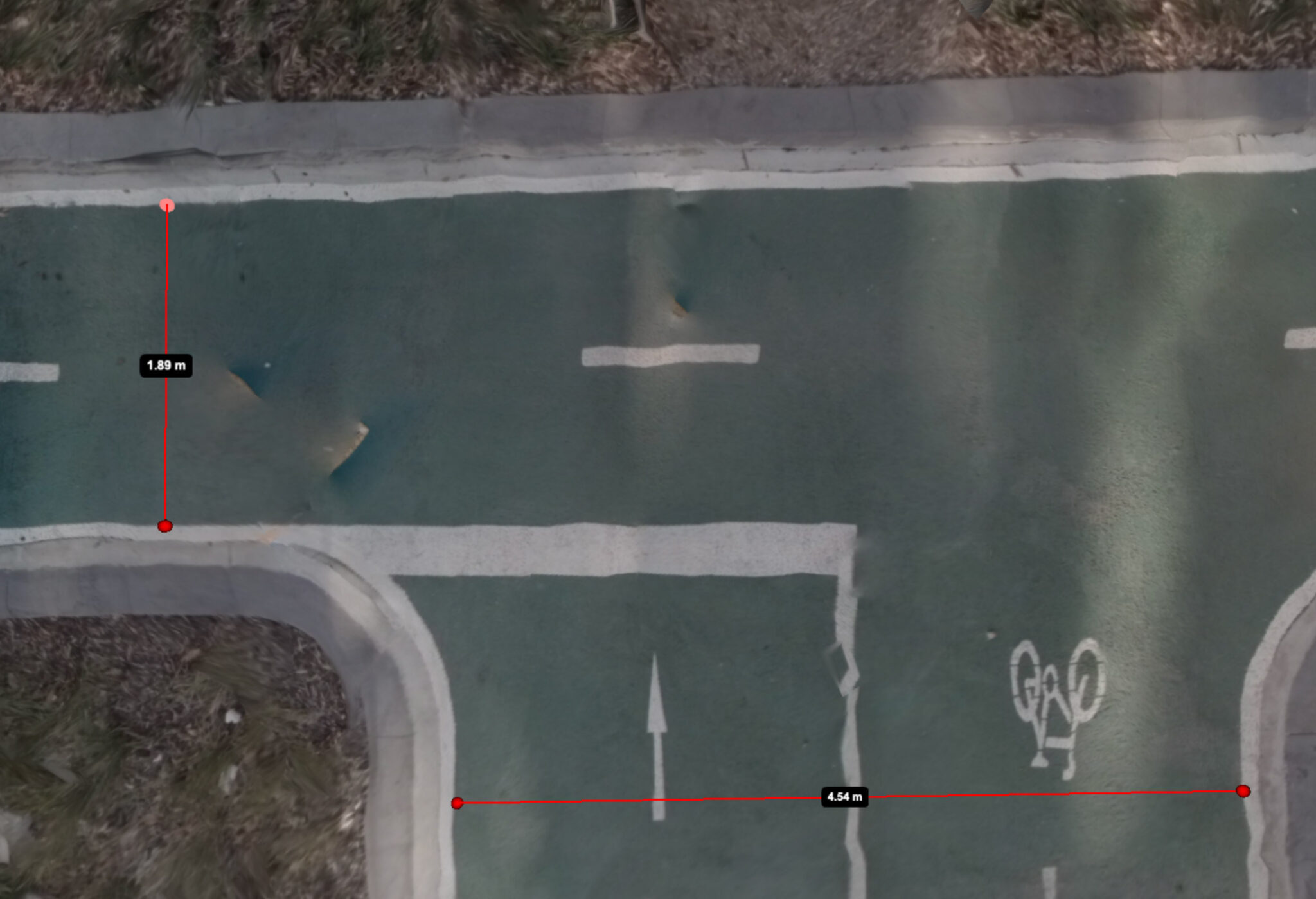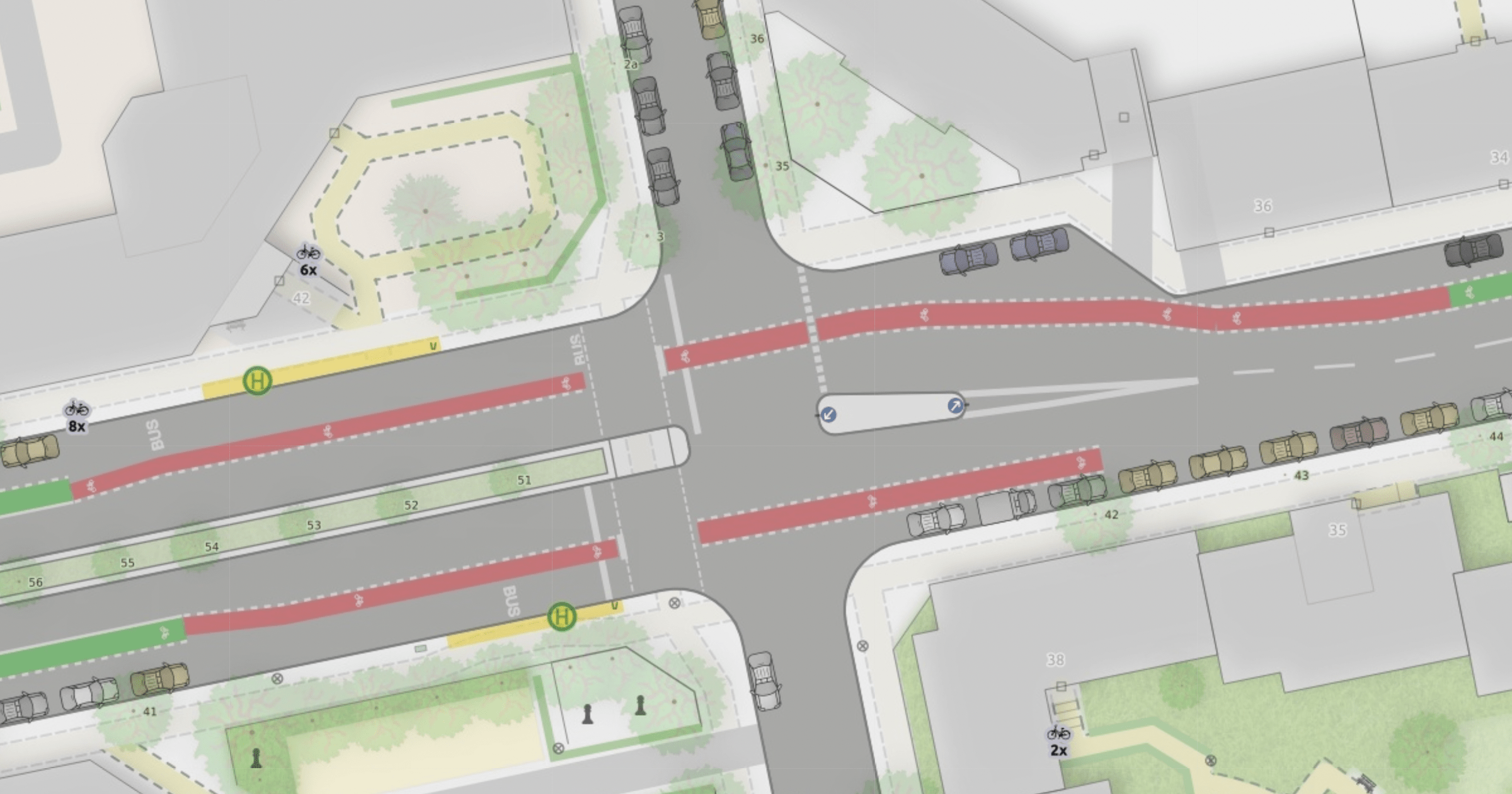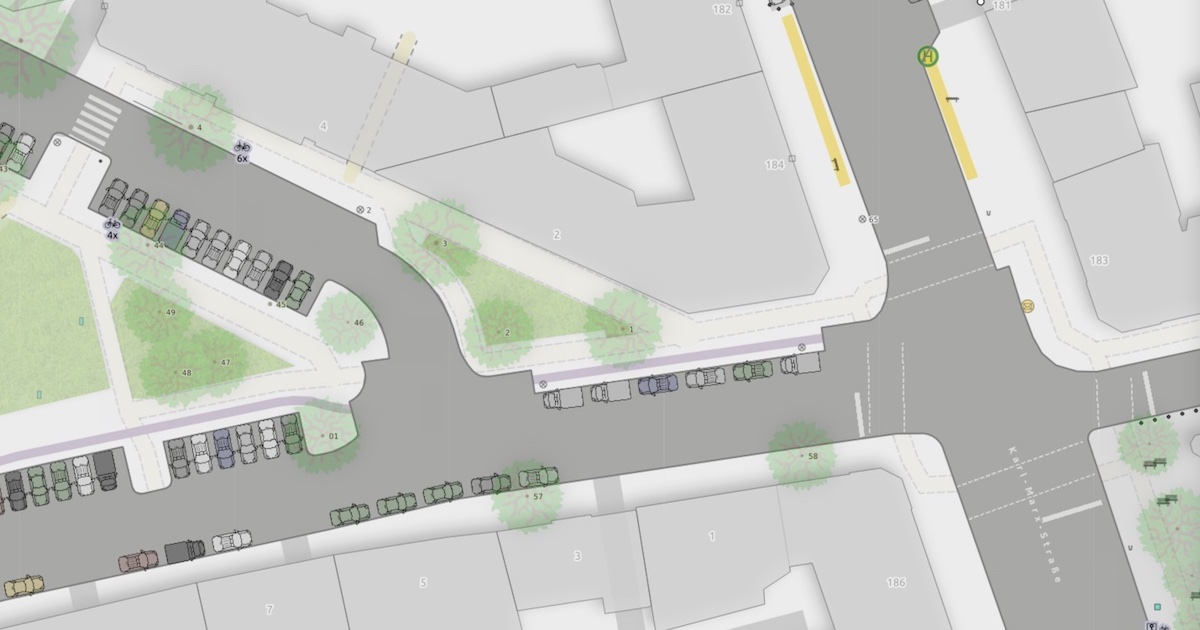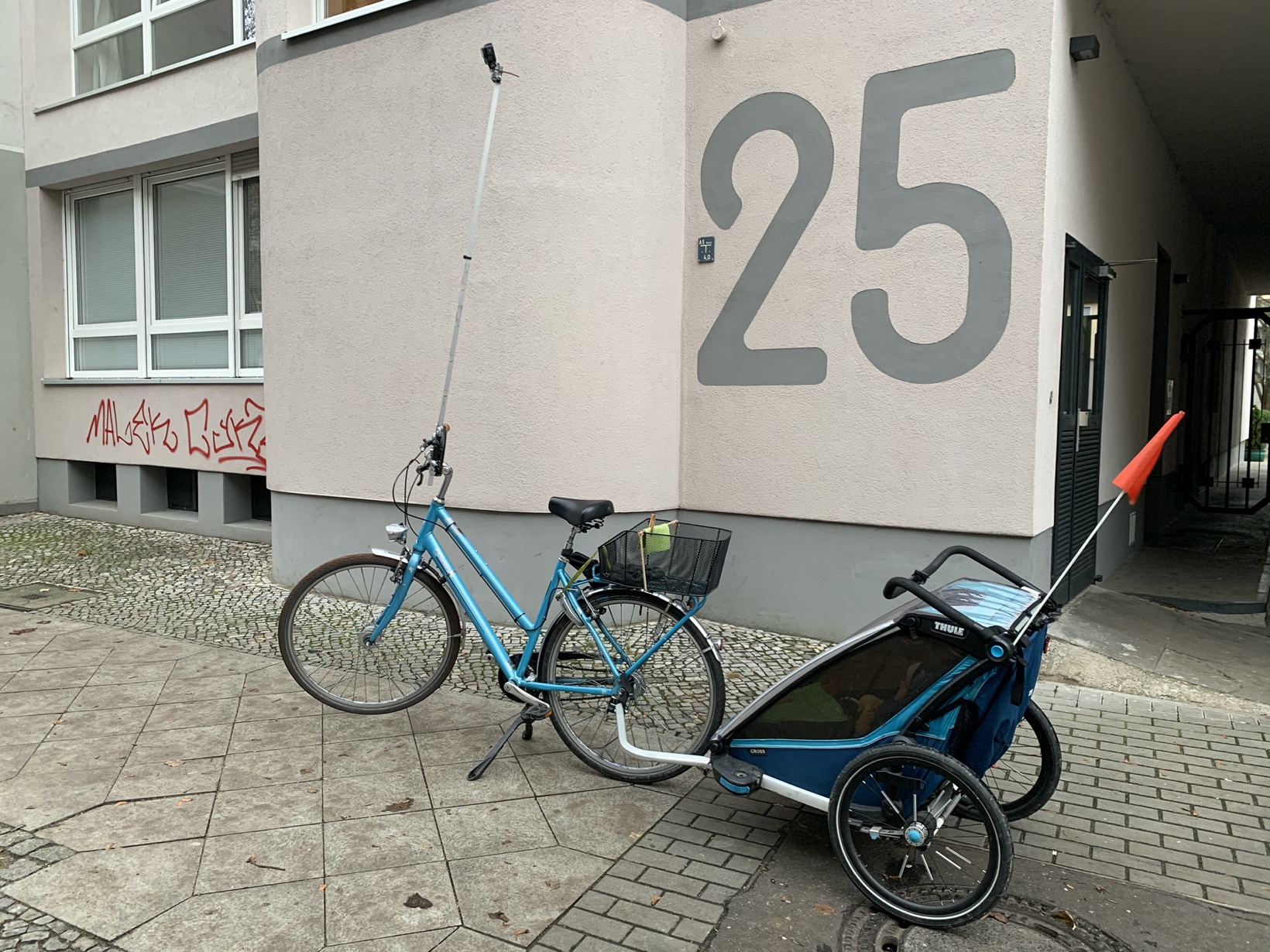WeeklyOSM informed us recently, that the videos of the recent SOTM FR are now available at https://peertube.openstreetmap.fr/c/sotm_fr_2024/videos.
There are english subtitles that seem to be good enough to get the gist of the video. Which is why I asked ChatGPT to take the RSS feed and create a translated summary so I can pick those that I find most interesting.
I thought this might be interesting for other, so here is the list…
25 - OSerM: Mapping Stations Today to Improve Them Tomorrow
Summary: This presentation by Guillaume Chauvet discusses the use of OpenStreetMap (OSM) data for mapping and improving train stations. It focuses on how OSM data is utilized within and around stations as part of the deployment of Metropolitan Regional Express Services (SERM) projects.
Link to Video: Watch Here
29 - Promoting Tourist Areas with OSM: The Experience of L’Abel Destination (Allier)
Summary: Located in the picturesque landscapes of Bourbonnais in Allier, L’Abel Destination used OpenStreetMap to enhance its territory. Within a year, the local tourism office staff trained in OSM, contributing detailed data on heritage sites, health services, shops, and local producers. This collaborative project highlights the process from funding to the final CartoGuide publication.
Link to Video: Watch Here
28 - Carto Graou: Mapping Under the Trains
Summary: Nicolas Wurtz presents the story and future of “Carto Graou,” an online public railway map. Using polygons, lines, and points similar to LEGO pieces, the project integrates real-time data, opendata, and opensource elements. Initially aimed at enthusiasts, it has become indispensable and even useful for SNCF employees, with OpenStreetMap playing a crucial role in its success.
Link to Video: Watch Here




